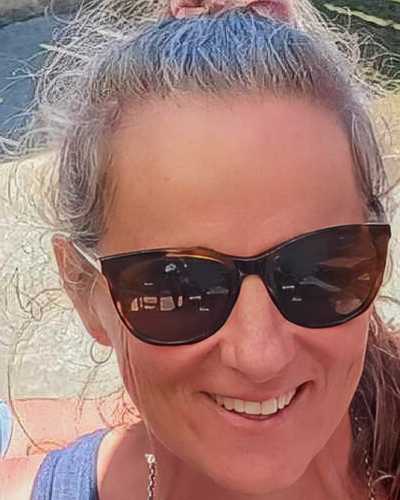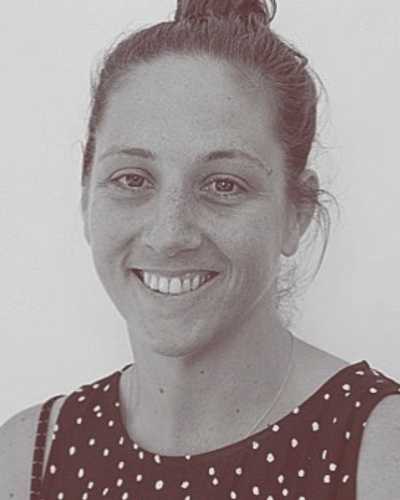Encounters between health professionals and their clients/patients occur within an intersubjective space. It is never about one or the other but both, simultaneously and immediately. A warm data group can support regional and remote allied health practitioners to feel connected and supported despite the distance.
Warm data group process is one way in which health professionals can feel they are seen, heard and understood by others. Warm Data, aptly named by Nora Bateson1,2, is the ‘messy stuff’. It’s the embodied, multi-contextual, hard-to-measure, relational information.
These groups provide a container that facilitates mutual sharing of the impact of the encounter. What is often uncovered are hidden and under-developed resources. How the relationship of ‘self and other’ is experienced becomes apparent and provides lively information. Sharing moves freely within a complex resonating system between people, and flows unless actively resisted, suppressed or disregarded. It is information that informs all about what may or may not be possible. A measure of safety in the therapeutic relationship is felt in the body as an embodied sense ‘I feel safe enough to share what is really going on for me’.
Therefore, by cultivating a ‘safe container’ that prioritises the wholeness and humanness of each practitioner, the experiences of working with clients/patients can be shared openly. It becomes possible to safely explore 'What is it like for me to do this work?'
This presentation will provide a theoretical framework for development and implementation of warm data process groups to support allied health practitioners in clinical practice.


